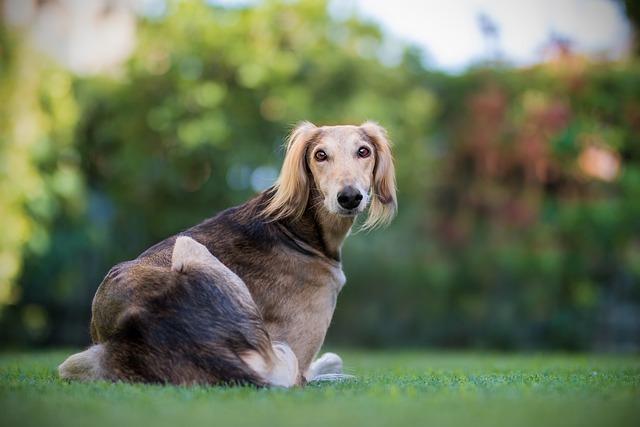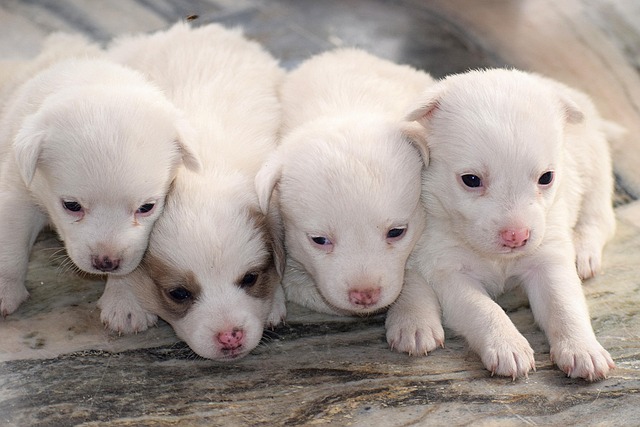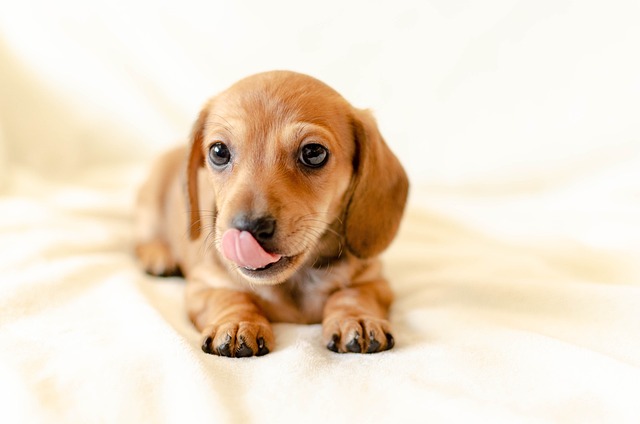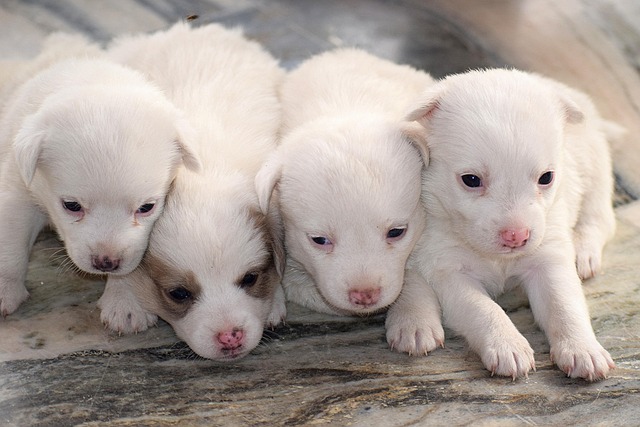
can dental chews make dogs sick
You’ve just unwrapped a dental chew for your Labrador, Max, after his walk in Central Park. As he happily gnaws away, you wonder
Cleaning your dog’s skin folds isn’t just about keeping them looking their best—it’s a crucial part of preventing infections and discomfort. Breeds like Bulldogs, Pugs, and Shar-Peis have adorable wrinkles that trap moisture, dirt, and bacteria, but neglecting this area can lead to painful yeast or bacterial infections. Let’s break down how to keep those folds fresh and healthy.
First things first: gather your supplies. You’ll need a soft, damp cloth or cotton ball, a specialized pet wipe designed for sensitive areas (check the label to ensure it’s alcohol-free and pH-balanced), and a gentle, fragrance-free hypoallergenic pet cleanser. Avoid using human products, as they can disrupt your dog’s natural skin balance. And always double-check that any product you use complies with local regulations on pet care substances—many regions have strict guidelines to protect animal welfare.
Approach your dog calmly and start by gently lifting the skin fold. Use your cloth or wipe to softly remove visible dirt, working in the direction of hair growth to avoid irritation. For deeper cleaning, dampen the cloth with your chosen cleanser and carefully wipe the crease, making sure to reach every corner. Be extra gentle around sensitive areas like the eyes or mouth. If your dog gets anxious during this process, turn it into a positive experience with lots of praise and small treats—it’ll make future cleanings easier.
 After cleaning, thoroughly dry the area with a fresh, dry cloth. Moisture is the enemy here, as damp folds create the perfect breeding ground for bacteria. You can even use a low-heat blow dryer on the lowest setting if your dog tolerates it, keeping it at least 12 inches away from their skin to prevent burns. Once dry, consider applying a thin layer of a vet-approved barrier cream to protect against future moisture buildup, but check local laws regarding topical pet treatments—some areas restrict certain ingredients.
After cleaning, thoroughly dry the area with a fresh, dry cloth. Moisture is the enemy here, as damp folds create the perfect breeding ground for bacteria. You can even use a low-heat blow dryer on the lowest setting if your dog tolerates it, keeping it at least 12 inches away from their skin to prevent burns. Once dry, consider applying a thin layer of a vet-approved barrier cream to protect against future moisture buildup, but check local laws regarding topical pet treatments—some areas restrict certain ingredients.
Keep an eye out for signs of trouble between cleanings. Redness, swelling, a foul odor, or your dog constantly scratching or rubbing the folds are all warnings that something’s wrong. In these cases, hold off on home treatments and consult your vet immediately. Remember, responsible pet ownership means following local regulations, which often include proper animal health maintenance. Some areas may even require documentation of regular vet check-ups, so make sure you’re staying compliant.
Finally, establish a routine. Depending on your dog’s activity level and the climate you live in, aim to clean their skin folds at least once a week. In humid environments or after messy play sessions, you might need to do it more frequently. Consistency is key to preventing issues and keeping your furry friend comfortable. By taking these simple steps, you’re not just caring for your dog’s skin—you’re ensuring they can enjoy life’s adventures without discomfort, all while staying on the right side of local pet care regulations.

You’ve just unwrapped a dental chew for your Labrador, Max, after his walk in Central Park. As he happily gnaws away, you wonder

Cleaning your dog’s skin folds isn’t just about keeping them looking their best—it’s a crucial part of preventing infections and discomfort.

You’re snuggling with your pup on the couch when they let out a yawn—and the smell hits you. Dental issues in dogs are all too common, and that’s when you might start wondering

Picture your golden retriever, Buddy, panting on your Austin patio during a heatwave. You slice open a chilled watermelon – crunch – and those pleading eyes lock onto the juicy red flesh.

Imagine your Alaskan pup, Koda, watching you slice a sun-ripened mango on your Florida patio—those soulful eyes begging for a taste. Before you surrender to the pressure,

Watching your tiny furball grow is magical, but teething? That’s when those sharp puppy teeth turn your shoes, couch cushions, and even your hands into chew targets. It’s not mischief—their gums itch, and chewing provides sweet relief.